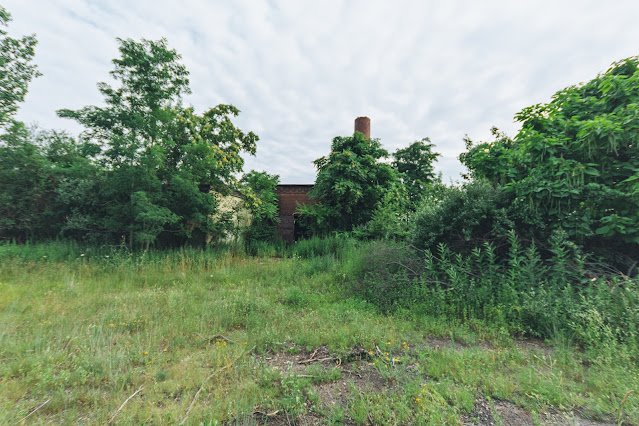Connecticut Fat Rendering and Fertilizing Corporation
Connecticut Fat Rendering and Fertilizing Corporation was created in the 1900s to establish a cooperative where local butchers and meat market men would reduce the cost and dispose of unwanted animal byproducts during the processing of animals for human consumption. Starting with an initial capital of $50,000 and 2000 shares divided among the businessmen of the meat processing industry. This led to the funding and erection of the building which finally began operation in September 1903. Jacob W. Everett was the president of the company. The plant was primarily used for fat rendering creating byproducts such as glue, tallow, poultry feed, and fertilizer. Fat rendering recovers fats and proteins from otherwise discarded animal byproducts.
Tallow is made up of the rendered suet of animal fat cooked down from the animal waste products such as the bones, head, feet, and organs. Poultry feed is made when the blood, feathers, soft meat, dead-on-arrival carcasses, and deboning tissue are rid of pathogens and infectious organisms by high heat, oil is separated and extracted and the dry material is ground into a powder suitable for bone meal, whole meal and other various types of meals for farm nutrition products.
The factory continued operating until 1950 when it became vacant. That same year it was acquired by Connecticut Motor Lines, Inc., a New Haven trucking company that also went out of business in 1958 due to bankruptcy. The year I explored the site it was used for storing car and truck rubber tires in one building and empty and barren in others. No equipment or machinery was present in its past days as a meat fat processing facility. Only crude graffiti and various household junk were all that was left inside.
The site is currently being used as a construction aggregate material holding area.
Current status: Demolished
Sources:
1. Brown, S. John, "Ground Water in the New Haven Area Connecticut", Connecticut State Geological & Natural History Survey
2. Mavitec Rendering, 'Poultry Rendering", Mavitec Rendering
3. Miller, Michelle, "Livestock 101: What is animal rendering?", AgDaily, February 2, 2022





















Comments
Post a Comment